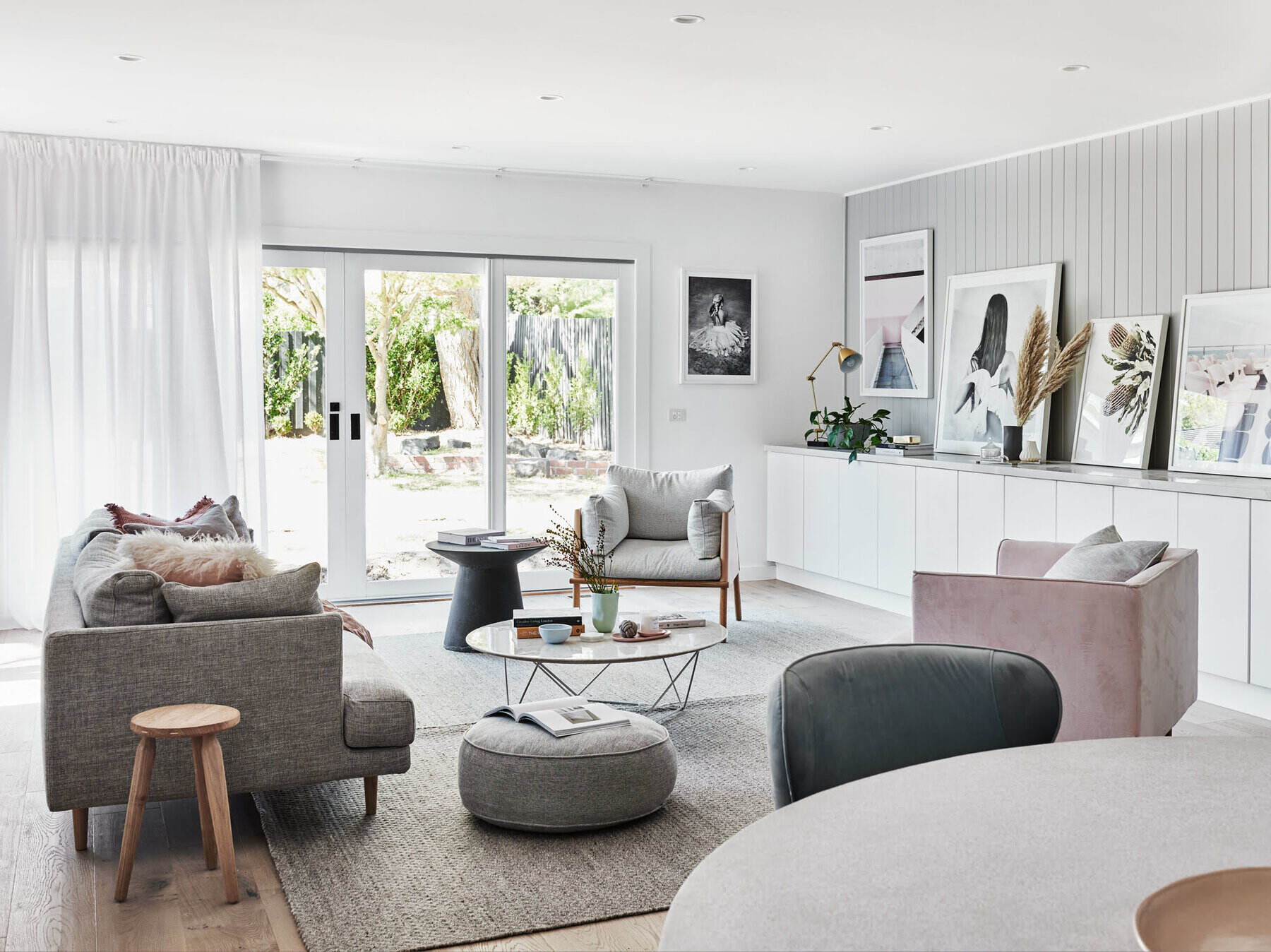

Articles
How To Update Your Living Room
Modified: October 29, 2024
Learn how to update your living room with our informative articles. Get inspiration, tips, and ideas for creating a stylish and comfortable space.
(Many of the links in this article redirect to a specific reviewed product. Your purchase of these products through affiliate links helps to generate commission for Storables.com, at no extra cost. Learn more)
Introduction
Your living room is the heart of your home, where you gather with family and friends to relax, entertain, and create memories. However, over time, it’s natural for your living room to start feeling a bit outdated or uninspiring. If you’re looking to give your living room a fresh and updated look, you’ve come to the right place.
In this article, we’ll guide you through the process of updating your living room, helping you transform it into a space that reflects your style and meets your functional needs. Whether you’re on a tight budget or have the freedom to splurge, there are plenty of ways to breathe new life into your living room.
From assessing the current state of your space to selecting the perfect furniture and accessories, we’ll cover everything you need to know to achieve the living room of your dreams. So, grab a cup of coffee and let’s get started on this journey of creating a refreshed and inviting living room.
Before you dive into the exciting world of interior design, it’s important to take a step back and assess your living room. Start by evaluating the current layout, furniture, colors, and overall ambiance of the space. This will help you identify areas that need improvement and figure out what changes need to be made.
Next, it’s time to determine your preferred style for the updated living room. Do you lean towards a modern aesthetic with clean lines and minimalistic furniture, or do you prefer a cozy and traditional vibe? Understanding your style preferences will make the decision-making process much easier when it comes to selecting furniture, colors, and decorative accessories.
With your style in mind, you can start planning the layout of your living room. Consider factors such as the flow of the space, the focal point, and the areas where you’ll entertain or relax. This will help you make informed choices when rearranging furniture or adding new pieces to the room.
Updating your furniture is often the most significant change you can make to your living room. Whether you choose to replace your entire sofa set or simply update individual pieces, it can have a dramatic impact on the overall look and feel of the space. Choose furniture that not only fits your style but also provides comfort and functionality.
Color schemes play a vital role in creating the ambiance of your living room. Choose colors that align with your style and evoke the desired mood, be it warm and cozy or bright and vibrant. Consider painting the walls, adding colorful accent pieces, or incorporating textiles in different hues to liven up the space.
Lighting is another crucial aspect of updating your living room. A well-lit room can instantly make it feel more welcoming and spacious. Experiment with different lighting options such as overhead fixtures, floor lamps, and table lamps, and choose lighting that can be adjusted to create different atmospheres throughout the day.
To add the finishing touches, layer in decorative accessories such as artwork, throw pillows, rugs, and curtains. These accessories can tie the room together and inject your personal style into the space. Don’t be afraid to mix patterns, textures, and colors to add visual interest and create a unique and curated look.
Incorporating functional storage solutions is essential for keeping your living room organized and clutter-free. Look for furniture pieces that offer hidden storage compartments or consider adding shelves or baskets to neatly store your belongings. This will not only enhance the aesthetic appeal but also make the room more practical and livable.
Lastly, in today’s digital age, it’s important to consider incorporating technology seamlessly into your living room. Whether it’s a smart TV, a sound system, or a charging station, integrating technology can enhance your entertainment experience and make your living room more connected and convenient.
In summary, updating your living room is a fantastic opportunity to create a space that reflects your style, meets your functional needs, and brings joy to your daily life. By assessing your current living room, determining your style, planning the layout, updating furniture, selecting color schemes, choosing lighting options, adding decorative accessories, incorporating functional storage, and integrating technology, you can transform your living room into a welcoming and inviting sanctuary.
So, let’s embark on this journey together and give your living room the update it deserves!
Key Takeaways:
- Transform your living room by assessing your style, updating furniture, choosing color schemes, and incorporating functional storage. Embrace technology to create a modern and connected space that reflects your unique taste.
- Enhance your living room with well-planned lighting, decorative accessories, and smart home integration. Create a welcoming and functional space that reflects your personality and enhances your daily living experience.
Assessing Your Living Room
Before diving into the process of updating your living room, it’s important to assess the current state of the space. By evaluating the layout, furniture, colors, and overall ambiance, you can identify areas that need improvement and determine the changes that need to be made.
Start by taking a walk around your living room and observing its current layout. Consider the flow of the space and how it is utilized. Are there any awkward or unused areas? Think about how you want to use the space and whether the current layout meets your needs. This assessment will help you determine if any furniture needs to be rearranged or if new pieces are required to optimize the layout.
Next, examine the furniture in your living room. Consider its condition, functionality, and style. Is the seating comfortable and supportive? Are there any broken or outdated pieces? Think about how the furniture contributes to the overall aesthetic of the room and if it aligns with your preferred style. This assessment will help you determine if any furniture needs to be replaced or reupholstered.
Take a look at the colors in your living room. Do the walls, furniture, and accessories create a cohesive and pleasing color palette? Consider the mood and atmosphere you want to evoke in the room. If the current colors clash or feel outdated, it may be time to consider repainting the walls or adding new color accents through accessories or textiles.
Pay attention to the overall ambiance of your living room. Is it well-lit and inviting, or does it feel dim and uninspiring? Take note of the natural light sources and the existing lighting fixtures. Consider how the lighting affects the mood and functionality of the space. If the lighting is inadequate or outdated, it may be necessary to upgrade fixtures or add new sources of light.
Lastly, consider the storage options in your living room. Are there enough storage solutions to keep the space organized and clutter-free? Assess the storage provided by furniture pieces such as shelves, cabinets, and ottomans. Evaluate if additional storage is needed and how it can be incorporated seamlessly into the room without compromising its overall aesthetic.
By taking the time to thoroughly assess your living room, you will have a clear understanding of its strengths and areas that require improvement. This evaluation will serve as a foundation for the updates you plan to make, helping you create a more functional and visually appealing space that reflects your personal style.
Determining Your Style
When updating your living room, it’s essential to determine your preferred style to guide the design choices you make. Your style preference will shape the overall aesthetic of the space and ensure that the updates you make align with your personal taste. Here are some steps to help you determine your style:
1. Gather Inspiration: Start by collecting inspiration from various sources such as magazines, websites, and social media platforms like Pinterest and Instagram. Create a mood board or save images that catch your eye and resonate with your design sensibilities. Look for common themes or styles that emerge from the images you’ve gathered.
2. Analyze Your Preferences: Take a close look at the inspiration you’ve gathered and evaluate the recurring elements. Do you lean towards sleek and modern designs with clean lines and minimalistic furniture? Or do you prefer a more traditional and cozy vibe with plush seating and ornate details? Consider the colors, patterns, textures, and materials that appeal to you the most.
3. Consider Your Lifestyle: Your lifestyle and how you use your living room should also influence your style choices. If you have a busy household with children and pets, you may want to opt for durable and easy-to-clean materials. Alternatively, if you love hosting gatherings and entertaining guests, you might prioritize ample seating and a layout that fosters conversation.
4. Reflect Your Personality: Your living room should be a reflection of your personality and unique tastes. Think about the things you love and the styles that resonate with you on a deeper level. Do you gravitate towards rustic and natural elements, or do you prefer a more eclectic and vibrant mix of patterns and colors? Let your personality shine through in the design choices you make.
5. Seek Professional Advice: If you’re struggling to define your style or need guidance, consider consulting with an interior designer. They can help you identify your style preferences and provide expert suggestions based on your lifestyle and the existing architecture of your home. Their expertise can help you narrow down your choices and create a cohesive design plan.
Remember, determining your style is not about limiting yourself to a specific category or trend. It’s about finding what truly resonates with you and creating a living room that reflects your individuality. Your style should make you feel comfortable, inspired, and happy whenever you step into the room.
Once you’ve determined your style, you can confidently move forward with the rest of the update process, knowing that each choice you make will contribute to creating a living room that perfectly represents your unique taste and personality.
Planning Your Layout
When updating your living room, one of the most crucial aspects to consider is the layout. The layout of your space will determine how you and your guests move within the room and interact with each other. It’s important to create a layout that is both functional and visually pleasing. Here are some steps to help you plan your living room layout:
1. Assess the Space: Start by evaluating the size and shape of your living room. Take note of any architectural features like windows, doors, or focal points such as a fireplace or a TV wall. Understanding the dimensions and limitations of the space will help you make informed decisions when arranging furniture and creating zones within the room.
2. Define the Focal Point: Determine the focal point of the room. It could be a large fireplace, a stunning view, or a TV. Arrange your furniture and design your layout in a way that highlights and enhances the focal point. This will create a sense of balance and visual interest in the room.
3. Establish Traffic Flow: Consider how you and your guests will move within the living room. Ensure that there is a clear and unhindered path from one area to another. Avoid placing furniture in a way that obstructs the natural flow of movement. This will make the room more functional and prevent any potential congestion during gatherings or everyday use.
4. Zone the Room: Divide your living room into different zones based on the activities you envision taking place. For example, you may want to create a seating area for conversation, a reading nook by the window, or a play area for children. Define these zones using furniture placement, rugs, or even different lighting arrangements. This will help establish a sense of purpose and organization within the space.
5. Consider Proportions: Pay attention to the scale and proportions of your furniture in relation to the size of the room. Avoid overcrowding or under-furnishing the space. Opt for furniture pieces that are appropriately sized and leave enough room for people to move comfortably around the room. This will create a balanced and visually pleasing layout.
6. Experiment and Iterate: Don’t be afraid to experiment with different furniture arrangements and layout ideas. Use graph paper or virtual design tools to sketch out different possibilities. Move furniture around and try out different configurations until you find the layout that best suits your needs and maximizes the potential of your living room space.
7. Assess Practicalities: Lastly, consider the practicalities of your layout. Ensure that electrical outlets are easily accessible for lamps or other electronic devices. Take note of any obstructions like radiators or vents that might affect furniture placement. These practical considerations will contribute to a layout that is not only aesthetically pleasing but also functional and convenient.
By taking the time to plan your living room layout, you can create a space that is both visually appealing and practical. Careful consideration of the space, focal point, traffic flow, zoning, proportions, and practicalities will result in a layout that enhances the functionality and overall enjoyment of your updated living room.
Updating Your Furniture
When it comes to updating your living room, one of the most impactful changes you can make is updating your furniture. The furniture in your living room not only sets the tone for the overall style but also dictates the comfort and functionality of the space. Here are some tips to help you update your furniture:
1. Assess Your Current Furniture: Begin by evaluating your existing furniture pieces. Consider their condition, style, and level of comfort. Determine if any pieces need repairs or if they are too worn to be salvaged. This assessment will help you identify which pieces can be updated or replaced.
2. Determine Your Needs: Consider how you use your living room and what your specific needs are. Do you require ample seating for entertaining guests? Are you in need of additional storage for your belongings? Understanding your needs will help you prioritize the type of furniture you should invest in.
3. Set a Budget: Determine a budget for updating your furniture. This will help guide your choices and prevent overspending. Remember that you don’t necessarily have to replace all of your furniture at once. You can gradually update your pieces over time to manage your budget effectively.
4. Define Your Style: Consider the style and aesthetic you want to achieve in your living room. Are you drawn to a modern, contemporary look? Or do you prefer a more traditional or eclectic vibe? Determine the overall style you want to infuse into the space, as this will influence the types of furniture you should seek.
5. Choose Key Pieces: Identify the key pieces of furniture that will anchor your living room. The sofa or sectional is typically the centerpiece and sets the tone for the rest of the furniture. Select a piece that is comfortable, durable, and aligns with your style preference. From there, you can build around it with complementary furniture pieces.
6. Consider Functionality: Take into account the functionality of the furniture you choose. For example, if you have limited space, look for furniture with built-in storage solutions, such as coffee tables with drawers or ottomans with hidden compartments. Opt for multi-purpose furniture pieces that serve both a functional and decorative purpose.
7. Mix and Match: Don’t feel confined to purchasing a matching furniture set. Mixing and matching different styles, materials, and textures can add visual interest and create a unique and personalized look. Think about how different pieces can work together harmoniously within your chosen style aesthetic.
8. Comfort is Key: Consider the comfort level of the furniture you choose, especially for seating options. Test out furniture pieces in person if possible to ensure they provide the desired level of comfort and support. Remember, your living room should be a space where you can relax and unwind.
9. Quality Matters: Invest in high-quality furniture that will stand the test of time. Furniture made with durable materials and solid craftsmanship will not only look better but also last longer. While quality furniture may come with a higher price tag, it is a worthwhile investment that will save you money in the long run.
10. Add Personal Touches: Once you’ve updated your furniture, add your personal touch to make it feel like home. Incorporate throw pillows, blankets, and accent pieces that reflect your style and personality. These small details can elevate the overall look and make the furniture feel more inviting and cozy.
Updating your furniture is an exciting opportunity to transform the look and feel of your living room. By assessing your current furniture, determining your needs and style, setting a budget, choosing key pieces, considering functionality, mixing and matching, prioritizing comfort, investing in quality, and adding personal touches, you can create a living room that is both stylish and comfortable, reflecting your unique taste and enhancing your everyday living experience.
Read more: How To Stage Your Living Room
Choosing Color Schemes
When updating your living room, one of the most impactful ways to refresh the space is by choosing the right color schemes. The colors you choose will set the mood, create visual harmony, and play a significant role in the overall aesthetic of the room. Here are some tips to help you select the perfect color schemes:
1. Consider Your Style: The color scheme you choose should align with the overall style and ambiance you want to achieve in your living room. Different color palettes lend themselves well to specific styles. For example, neutral tones and earthy hues work beautifully in a rustic or Scandinavian-inspired space, while bold and vibrant colors can create a lively and eclectic atmosphere.
2. Assess Natural Lighting: Take into account the natural lighting in your living room, as it can influence how colors appear. Rooms with ample natural light can handle bolder and brighter colors, while spaces with limited natural light may benefit from lighter and softer hues to create a brighter and more airy feel.
3. Create a Base: Start by choosing a base color for your living room. This will serve as the main backdrop and set the tone for the space. Consider using neutral colors like white, beige, or gray as a versatile base that can be easily complemented with different accent colors.
4. Explore Color Wheel: Use the color wheel as a guide to create harmonious color schemes. Monochromatic schemes involve using shades and tints of a single color for a unified and sophisticated look. Analogous schemes utilize colors that are adjacent to each other on the color wheel, creating a harmonious and cohesive palette. Complementary schemes pair colors that are opposite each other on the color wheel, creating a vibrant and contrasting effect.
5. Consider Psychological Effects: Colors have the power to evoke certain emotions and moods. Warm colors like red, orange, and yellow can create a cozy and energizing atmosphere, while cool colors like blue, green, and purple can evoke a calming and serene ambiance. Consider the mood you want to achieve in your living room and select colors accordingly.
6. Experiment with Accents: Once you have your base color, consider incorporating accent colors to add visual interest and personality to your living room. Choose two or three accent colors that complement each other and the base color. These can be introduced through furniture, throw pillows, rugs, curtains, or artwork.
7. Sample Paint and Swatches: Before committing to a particular color scheme, it’s always a good idea to sample paint on the actual walls and gather fabric swatches or paint chips. This will allow you to visualize how the colors will look in your space and how they interact with different lighting conditions throughout the day.
8. Balance Bold and Neutral: If you’re hesitant about bold colors, don’t be afraid to mix in neutral tones. Neutral colors such as whites, beiges, and grays can create a clean and timeless backdrop, while bold accent colors can be introduced through accessories to add pops of character and vibrancy.
9. Consider Longevity: While it’s important to incorporate colors that you currently love, also consider the longevity of the color scheme. Opting for timeless colors or classic combinations can ensure that your living room remains visually appealing and stylish for years to come.
10. Trust Your Instincts: Ultimately, choosing the right color schemes for your living room is a personal decision. Trust your instincts and select colors that resonate with you and make you feel comfortable and happy in your space.
By carefully choosing the color schemes for your living room, you can create a visually pleasing and harmonious environment that reflects your personal style and enhances the overall ambiance of the space. Whether you prefer bold and vibrant hues or soft and serene shades, the right color scheme can transform your living room into a welcoming and inspired haven.
Consider adding a statement piece, such as a bold rug or unique artwork, to update your living room. This can instantly change the look and feel of the space without a major renovation.
Selecting Lighting Options
When updating your living room, selecting the right lighting options is crucial to create the desired ambiance and functionality. Lighting not only illuminates the space but also adds a decorative element. Here are some tips to help you choose the perfect lighting options for your living room:
1. Assess the Natural Light: Start by evaluating the natural light sources in your living room. Take note of the position and size of windows, as well as how the light enters the room throughout the day. This will help you determine if additional lighting is needed and where it should be placed to complement the natural light.
2. Layer Lighting: To create a well-lit and versatile living room, it’s essential to layer your lighting. This involves incorporating multiple types of lighting, including ambient, task, and accent lighting, to serve various purposes and create different atmospheres within the room.
3. Ambient Lighting: Ambient lighting provides overall illumination and sets the mood for the space. Consider using ceiling-mounted fixtures like chandeliers, pendant lights, or recessed lighting to evenly distribute light throughout the room. Dimmer switches can also be used to adjust the intensity and create different lighting levels as needed.
4. Task Lighting: Task lighting is focused on specific activities that require additional illumination, such as reading, working, or crafting. Place table lamps, floor lamps, or desk lamps at strategic locations where they can provide direct and sufficient light for these tasks. Adjustable task lighting options are particularly useful for directing light where it’s needed.
5. Accent Lighting: Accent lighting adds a decorative touch and enhances the visual appeal of your living room. Use it to highlight architectural features, artwork, or specific objects. Showcase wall sconces, picture lights, or track lighting fixtures to create focal points and add depth to your space.
6. Consider Light Bulbs: Pay attention to the types of light bulbs you use in your fixtures. Different bulbs emit different colors and intensities of light. Opt for LED bulbs, which are energy-efficient and have a long lifespan. Choose warm or cool light bulbs based on the mood and atmosphere you want to create.
7. Lighting Control: Incorporating lighting control systems can enhance the functionality and convenience of your living room. Dimmer switches, smart lighting, or programmable lighting systems allow you to adjust the lighting levels and create different scenes or moods with the touch of a button or a voice command.
8. Style and Aesthetics: Consider the style and aesthetics of your living room when selecting lighting fixtures. Choose fixtures that complement the overall design and reflect your personal style. Whether you prefer a modern, industrial, traditional, or eclectic look, there are lighting options available to suit every taste.
9. Size and Scale: When choosing lighting fixtures, consider the size and scale of your living room. Ensure that the size of the fixtures is proportionate to the room and other furniture pieces. Oversized fixtures can overpower a small space, while undersized fixtures may not provide adequate illumination for a larger room.
10. Flexibility and Versatility: Opt for lighting fixtures that offer flexibility and versatility. Adjustable fixtures, such as track lighting or swing-arm lamps, allow you to direct light where it’s needed and adapt to different activities or furniture arrangements in your living room.
By carefully selecting lighting options for your living room and incorporating a well-thought-out combination of ambient, task, and accent lighting, you can create a welcoming and functional space with the perfect balance of illumination and aesthetics.
Adding Decorative Accessories
When updating your living room, adding decorative accessories is the finishing touch that enhances the overall look and brings personality to the space. Accessories add texture, color, and visual interest, making your living room feel complete and inviting. Here are some tips to help you effectively add decorative accessories:
1. Consider the Overall Style: Start by considering the overall style of your living room. Are you going for a contemporary, traditional, bohemian, or eclectic look? Choose accessories that align with the style and create a cohesive aesthetic.
2. Select a Color Palette: Choose a color palette for your accessories that complements the existing colors in your living room. You can opt for a monochromatic scheme, where accessories are in varying shades of the same color, or create a contrast with complementary colors. Consider using accent colors to make a bold statement or add pops of color to a neutral room.
3. Mix Textures: Incorporate different textures to add depth and visual interest to your living room. Mix smooth and rough textures, soft and hard surfaces, or shiny and matte finishes. For example, layer plush rugs over a hardwood floor, place a chunky knit throw on a sleek leather sofa, or bring in woven baskets for storage.
4. Display Artwork: Artwork can be a focal point and a great conversation starter in your living room. Hang paintings, prints, or photographs that resonate with your interests and style. Consider creating a gallery wall with a mix of different-sized frames and artwork to make a statement.
5. Use Mirrors: Mirrors not only reflect light and make a room appear larger, but they also add a decorative element to your living room. Hang a mirror on a prominent wall or lean it against the wall for a more casual and eclectic look. Consider choosing a mirror with an interesting frame to make a statement or expand the visual space.
6. Incorporate Plants: Bring life into your living room with the addition of plants and greenery. They not only add a touch of freshness but also contribute to better air quality. Use large floor plants to fill empty corners or small potted plants on shelves and tables. Choose low-maintenance varieties that suit your lifestyle.
7. Arrange Decorative Objects: Style your living room with decorative objects such as vases, sculptures, candles, or unique artifacts. Arrange them in clusters or groupings, keeping in mind the principle of odd numbers for a visually pleasing arrangement. Experiment with varying heights, shapes, and sizes to add visual interest.
8. Layer Pillows and Throws: Add comfort and style with decorative pillows and throws. Layer pillows of different sizes, textures, and patterns on your sofa or armchairs. Drape a cozy throw over the back of a chair or folded across the armrest for a touch of warmth and visual appeal.
9. Pay Attention to Details: Use small details to tie the room together. Choose decorative hardware for furniture, such as knobs or pulls, that complement the overall style. Swap out generic switch plates and outlet covers with decorative options that add a subtle touch of elegance. Pay attention to curtain tiebacks, tassels, or trimmings that can elevate the overall look.
10. Avoid Clutter: While adding decorative accessories is essential, be mindful of not overdoing it. Avoid cluttering surfaces with too many objects, as this can make the space feel busy and chaotic. Instead, select a few key pieces that make a statement and arrange them strategically to create a visually appealing and well-balanced look.
Overall, adding decorative accessories is an opportunity to infuse your living room with your personal style and create a space that is visually pleasing and reflective of your personality. By following these tips and experimenting with different elements, you can transform your living room into a space that is both functional and aesthetically pleasing.
Incorporating Functional Storage
When updating your living room, it’s important to consider functional storage solutions to keep the space organized and clutter-free. Functional storage not only enhances the aesthetic appeal of your living room but also improves its practicality and livability. Here are some tips to help you incorporate functional storage:
1. Evaluate Your Storage Needs: Begin by assessing your storage needs in the living room. Consider what items you need to store and how frequently you access them. This will help you determine the type and amount of storage required for optimal organization.
2. Choose Furniture with Built-in Storage: Look for furniture pieces that offer built-in storage options. For example, consider coffee tables with hidden compartments or ottomans with storage space inside. These pieces serve a dual purpose by providing a surface for displaying items and discreetly storing belongings.
3. Utilize Shelves and Cabinets: Incorporate shelves or cabinets to maximize vertical storage space. Floating shelves can be used to showcase decorative objects while providing storage for books, magazines, or media devices. Cabinets with doors can hide away items that are not frequently used, maintaining a clean and uncluttered appearance.
4. Optimize Wall Space: Install wall-mounted storage solutions to make the most of your living room’s vertical space. Consider hanging hooks or pegboards for hanging coats, hats, and bags. Wall-mounted shelves or cubbies can hold smaller items such as keys, remotes, or decorative accents.
5. Invest in Multifunctional Furniture: Choose furniture pieces that serve multiple purposes. For instance, select a TV stand or media console that includes integrated storage for media equipment, DVDs, or gaming consoles. Look for side tables with drawers or shelves to provide additional storage without taking up much space.
6. Use Decorative Baskets or Bins: Incorporate decorative baskets or bins to keep small items organized and hidden from view. Use them to store items like blankets, throw pillows, or children’s toys. These functional storage solutions not only keep clutter at bay but also add texture and visual interest to the room.
7. Consider Wall-Mounted Storage Units: If you have limited floor space, consider wall-mounted storage units. These can consist of a combination of shelves, cabinets, and drawers that can be customized to your specific storage needs. Wall-mounted units create storage without taking up valuable floor space.
8. Maximize Underutilized Spaces: Make use of underutilized spaces in your living room for storage. Utilize the area under the stairs by installing customized storage solutions such as built-in bookshelves or cabinets. Transform awkward corners into functional storage areas with corner shelves or storage units.
9. Think Vertically: When it comes to storage, think vertically. Install floor-to-ceiling bookshelves or wall-mounted storage systems to take advantage of vertical space. Utilize the entire height of the room for storing books, decor, and other items.
10. Organize and Declutter Regularly: Finally, make it a habit to regularly declutter and organize your living room. Assess if there are items you no longer need or use and donate or discard them. Keep surfaces clear of unnecessary items and designate specific storage areas for different categories of belongings.
By incorporating functional storage solutions into your living room, you can create a clutter-free and organized space that is both visually appealing and highly functional. From furniture with built-in storage and shelves to decorative baskets and wall-mounted units, there are various options available to suit your storage needs and enhance the overall look and feel of your living room.
Read more: How To Layout Your Living Room
Incorporating Technology
In today’s digital age, incorporating technology seamlessly into your living room can enhance your entertainment experience and make your space more convenient and connected. From smart devices to entertainment systems, here are some tips for incorporating technology into your living room:
1. Smart TVs: Consider upgrading to a smart TV, which allows you to access streaming platforms, apps, and internet browsing directly from your television. Smart TVs offer a wide range of entertainment options and provide a seamless viewing experience without the need for additional devices.
2. Surround Sound Systems: Enhance your audio experience with a surround sound system. Set up speakers strategically around your living room to create an immersive and cinematic atmosphere. Combine it with your smart TV or other audio devices for an enhanced audio-visual experience.
3. Multi-Room Audio Systems: Extend your music listening experience beyond the living room by installing a multi-room audio system. Connect speakers in different areas of your home and control them wirelessly from a central hub or through smartphone apps. This allows you to enjoy music throughout your living space seamlessly.
4. Streaming Devices: If you don’t have a smart TV, consider using streaming devices such as Apple TV, Roku, or Chromecast to access popular streaming services. These devices connect to your TV and provide convenient access to a wide variety of entertainment options, such as movies, TV shows, and music.
5. Wireless Charging Stations: To keep your devices powered up and reduce clutter, incorporate wireless charging stations in your living room. Place them on side tables or built into furniture to conveniently charge your smartphones, tablets, or smartwatches without the need for cables or adapters.
6. Voice-Activated Assistants: Bring the convenience of voice control to your living room by incorporating voice-activated assistants like Amazon Echo or Google Home. These devices allow you to control your smart home devices, play music, ask questions, and perform various tasks simply by using voice commands.
7. Hidden Cable Management: With the numerous devices present in a modern living room, cable management can become a challenge. Explore options for hidden cable management such as cable channels or wall-mounted cable management systems. These solutions keep cords organized and out of sight, maintaining a clean and visually appealing space.
8. Gaming Consoles: If you or your family are avid gamers, consider incorporating gaming consoles into your living room setup. Connect consoles to your TV and create a dedicated gaming area with comfortable seating and storage for accessories and game collections.
9. Smart Lighting Systems: Upgrade your lighting by installing smart lighting systems such as Philips Hue or Lutron. These systems allow you to control the intensity, color, and timing of your lights through smartphone apps or voice commands. Set up different lighting scenes to match your mood or activities in the living room.
10. Smart Home Integration: Consider integrating your living room technology with a smart home system. Connect your devices, lighting, and entertainment systems to a central hub for easy control. This allows you to create automated routines, control devices remotely, and enjoy seamless integration across your entire home.
When incorporating technology into your living room, strike a balance between functionality and aesthetics. Conceal wires and devices where possible, and choose devices and accessories that align with the overall style and décor of your living space. By seamlessly integrating technology into your living room, you can create a modern and connected environment that enhances your entertainment experience and simplifies daily life.
Summary and Conclusion
Updating your living room is an exciting opportunity to transform the space into a reflection of your style and create a comfortable and inviting atmosphere. By following the steps outlined in this article, you can successfully update your living room to meet your needs and aesthetic preferences.
Start by assessing your current living room to identify areas that need improvement. Determine your style by gathering inspiration, analyzing your preferences, and considering your lifestyle. With your style in mind, plan your layout to optimize the flow and functionality of the space.
Updating your furniture can have a significant impact on the overall look and feel of your living room. Consider your needs, style, and budget when selecting new furniture pieces. Choose comfortable and high-quality pieces that align with your chosen style aesthetic.
Color schemes play a vital role in creating the ambiance of your living room. Choose colors that reflect your style and evoke the desired mood. Consider the natural lighting in the room when selecting colors, and don’t be afraid to mix and match different hues and tones for added interest.
Lighting is another essential aspect of updating your living room. Utilize different types of lighting, such as ambient, task, and accent lighting, to create a versatile and well-lit space. Choose lighting fixtures that complement your style and consider incorporating smart lighting systems for added convenience.
Decorative accessories add personality and interest to your living room. Choose accessories that align with your style and color scheme. Mix textures and pay attention to details to create a visually appealing space. Incorporate plants, artwork, mirrors, and other decorative objects to enhance the overall look and feel of the room.
Incorporating functional storage is crucial for keeping your living room organized and clutter-free. Utilize furniture with built-in storage, shelves, cabinets, and decorative baskets to provide functional storage solutions. Make use of underutilized spaces and maximize vertical storage to optimize the space.
Lastly, incorporating technology seamlessly into your living room can enhance your entertainment experience and convenience. Consider smart TVs, surround sound systems, streaming devices, and voice-activated assistants. Integrate technology with smart home systems for a connected and modern living room.
In conclusion, updating your living room is an opportunity to create a space that is both visually appealing and functional. By assessing the current state of your living room, determining your style, planning the layout, updating furniture, selecting color schemes, choosing lighting options, adding decorative accessories, incorporating functional storage, and integrating technology, you can create a living room that reflects your unique taste and enhances your daily living experience.
So, roll up your sleeves, get creative, and enjoy the process of transforming your living room into a space that you and your loved ones will truly enjoy for years to come.
Frequently Asked Questions about How To Update Your Living Room
Was this page helpful?
At Storables.com, we guarantee accurate and reliable information. Our content, validated by Expert Board Contributors, is crafted following stringent Editorial Policies. We're committed to providing you with well-researched, expert-backed insights for all your informational needs.
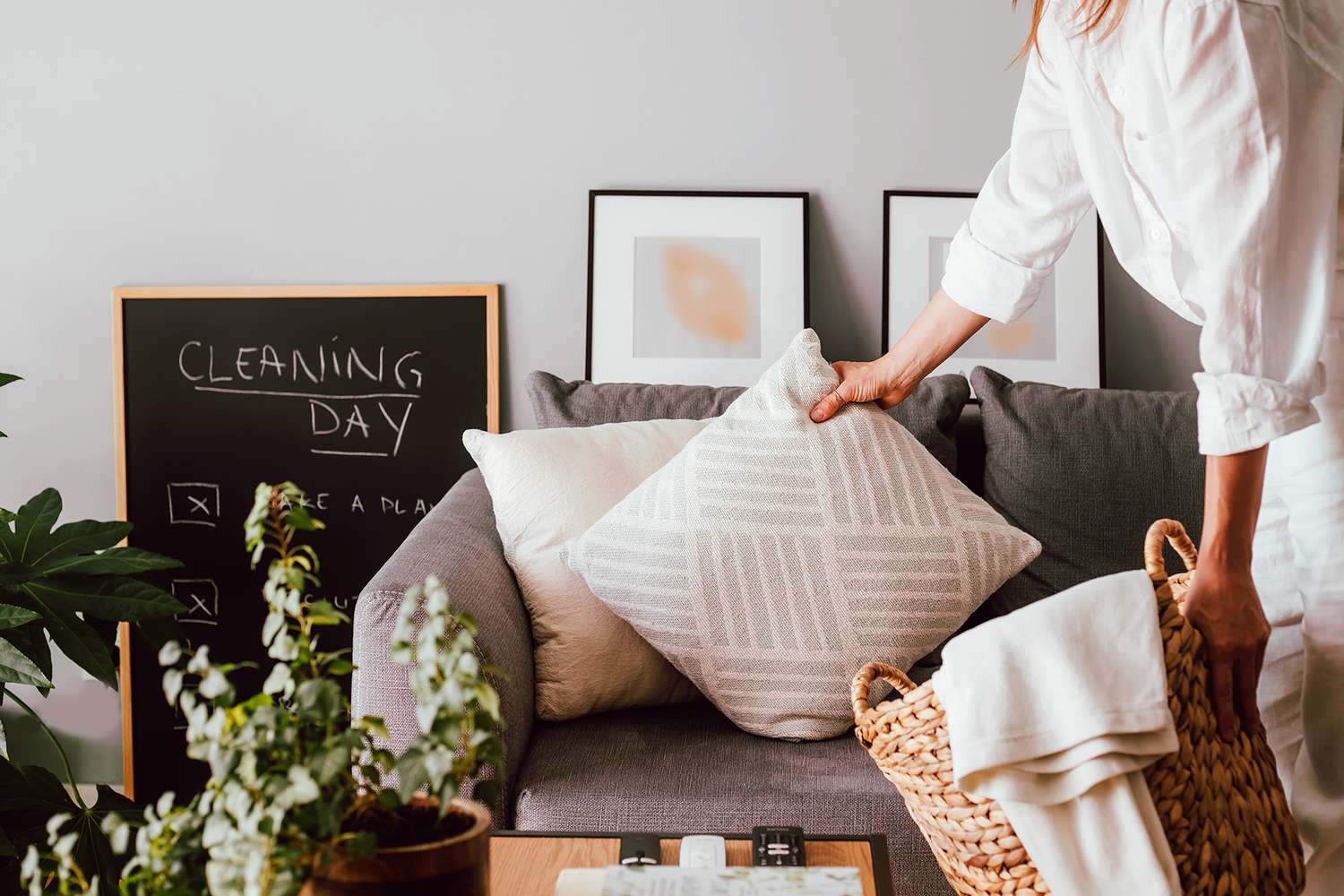
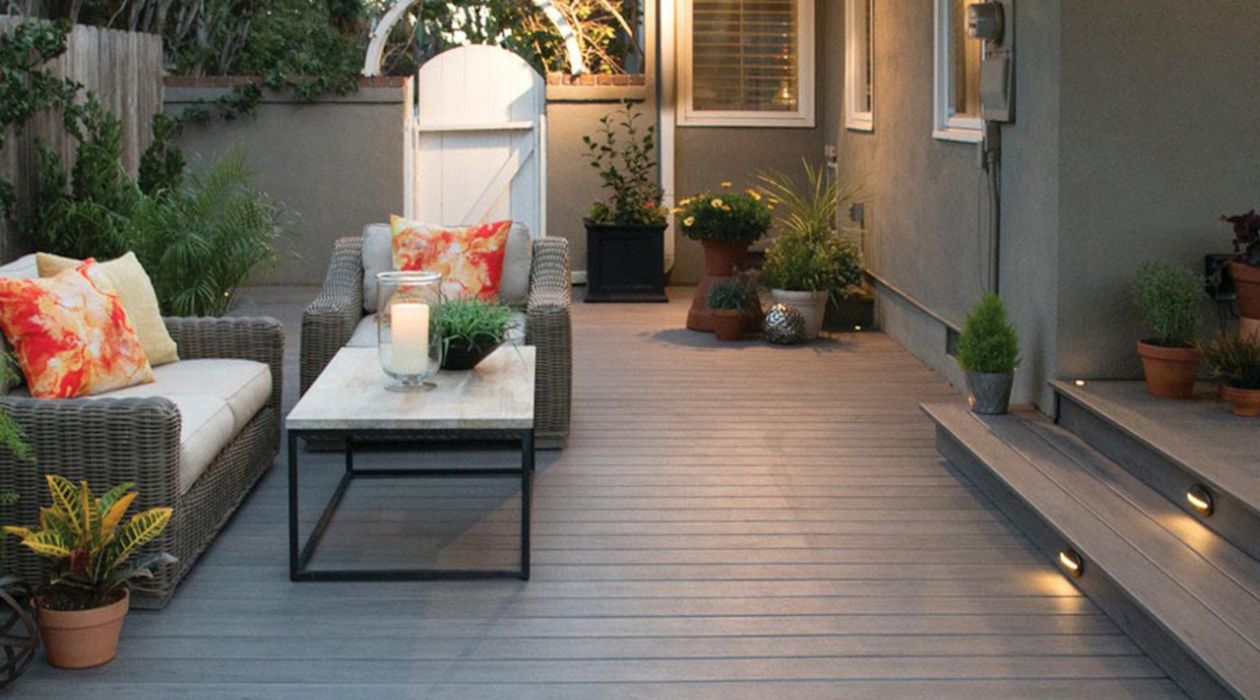
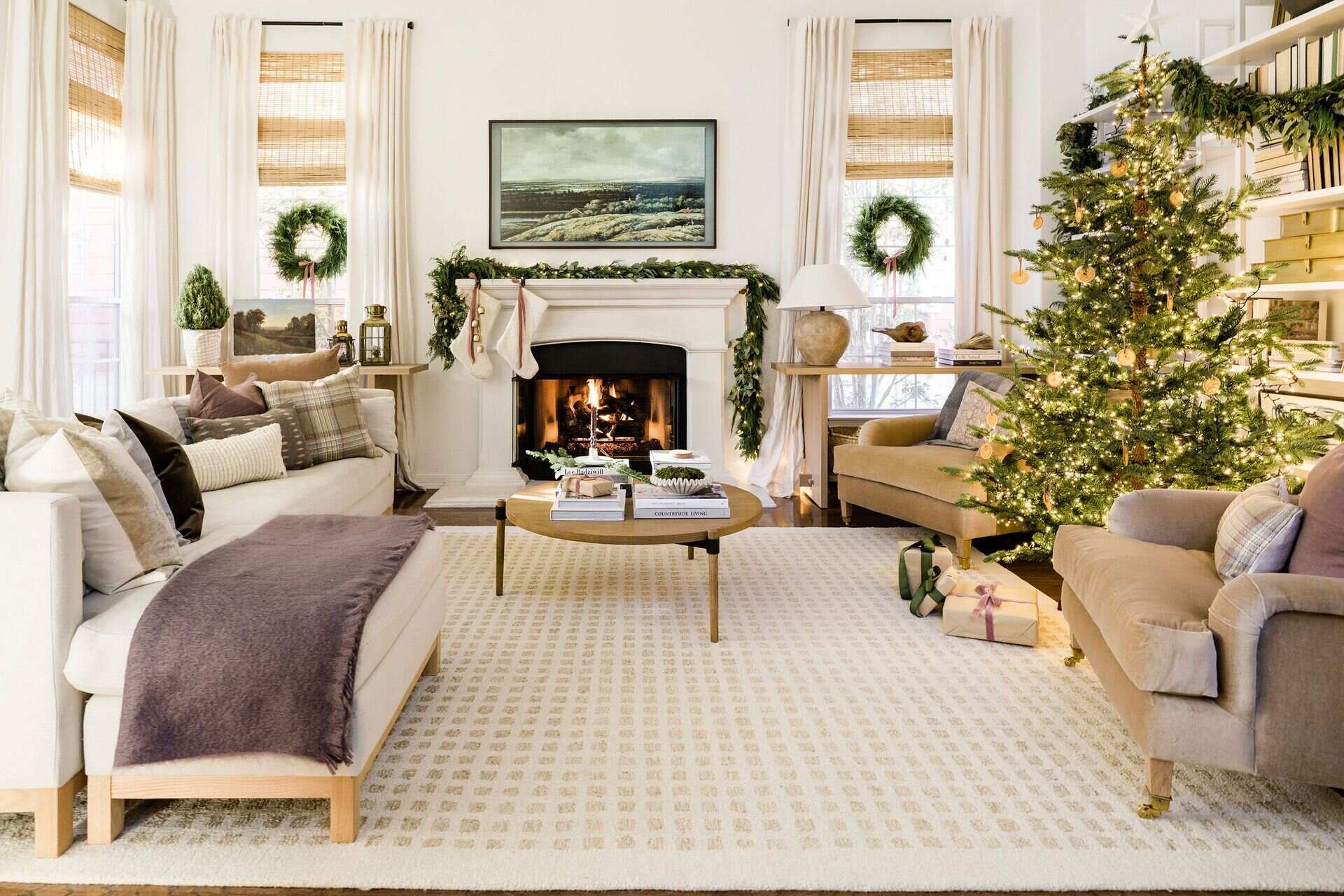
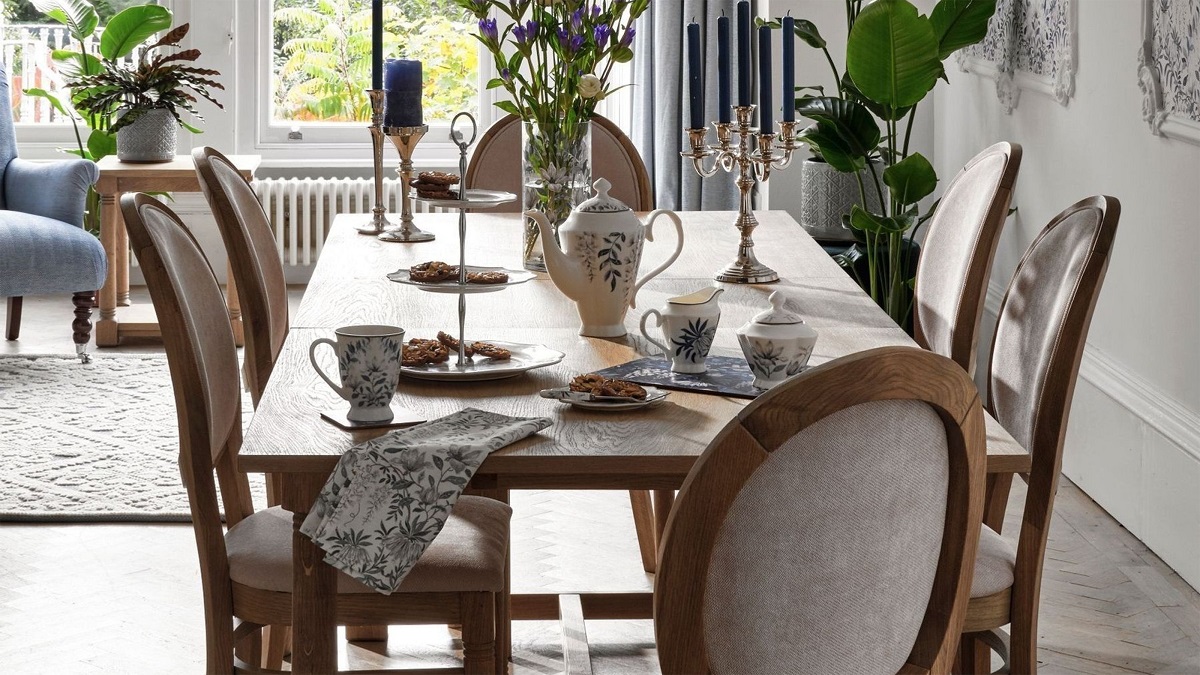
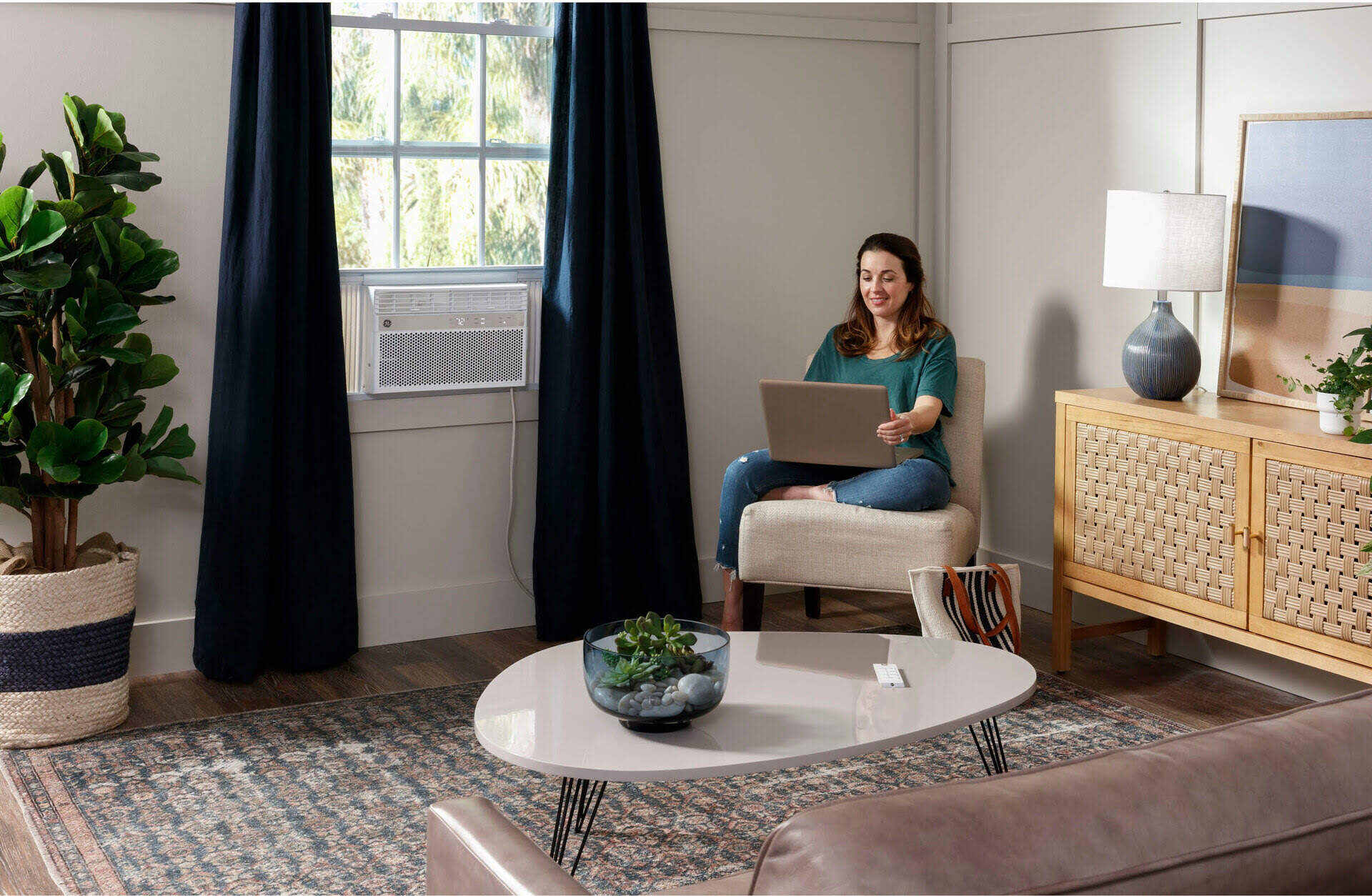
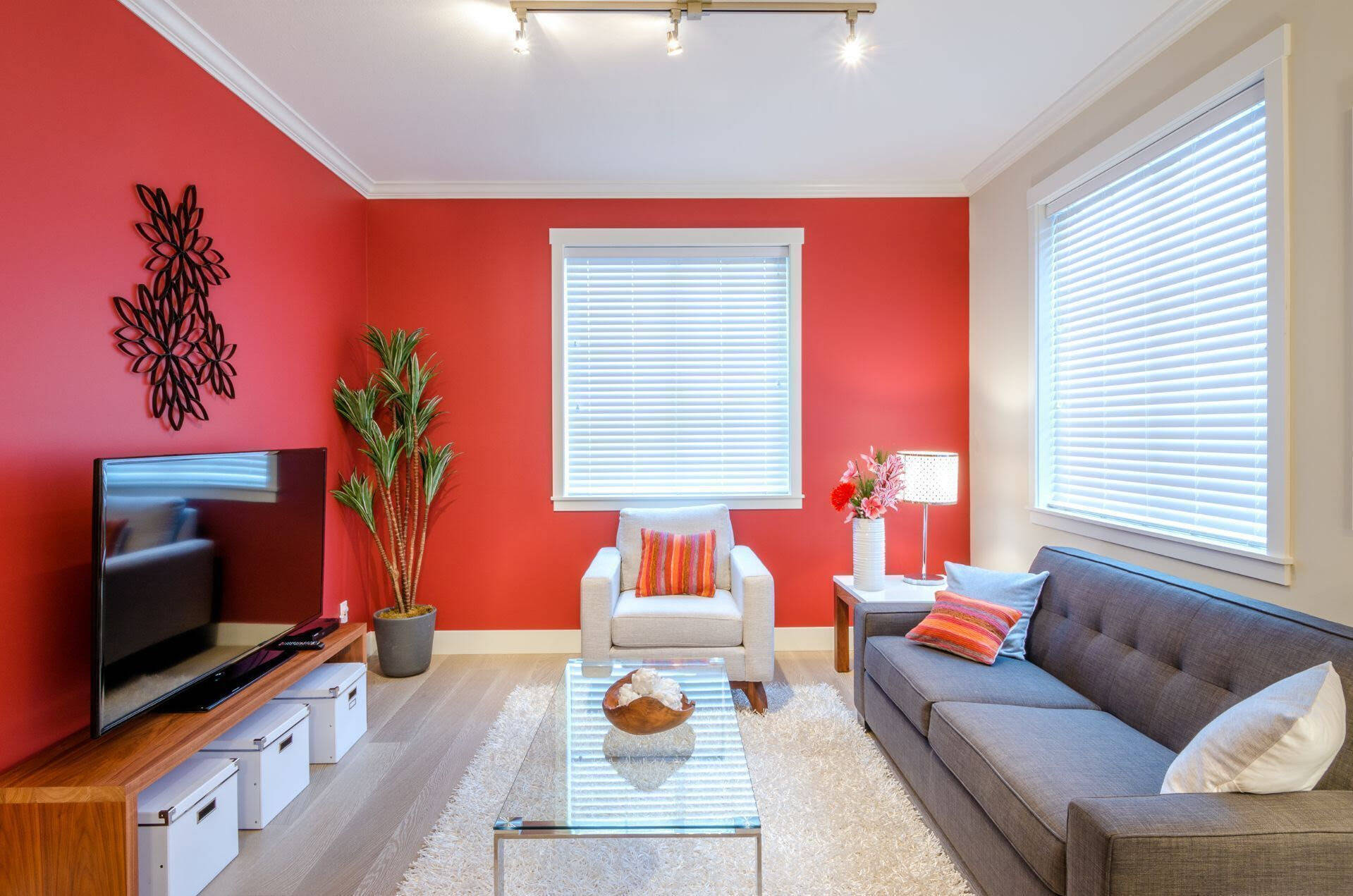

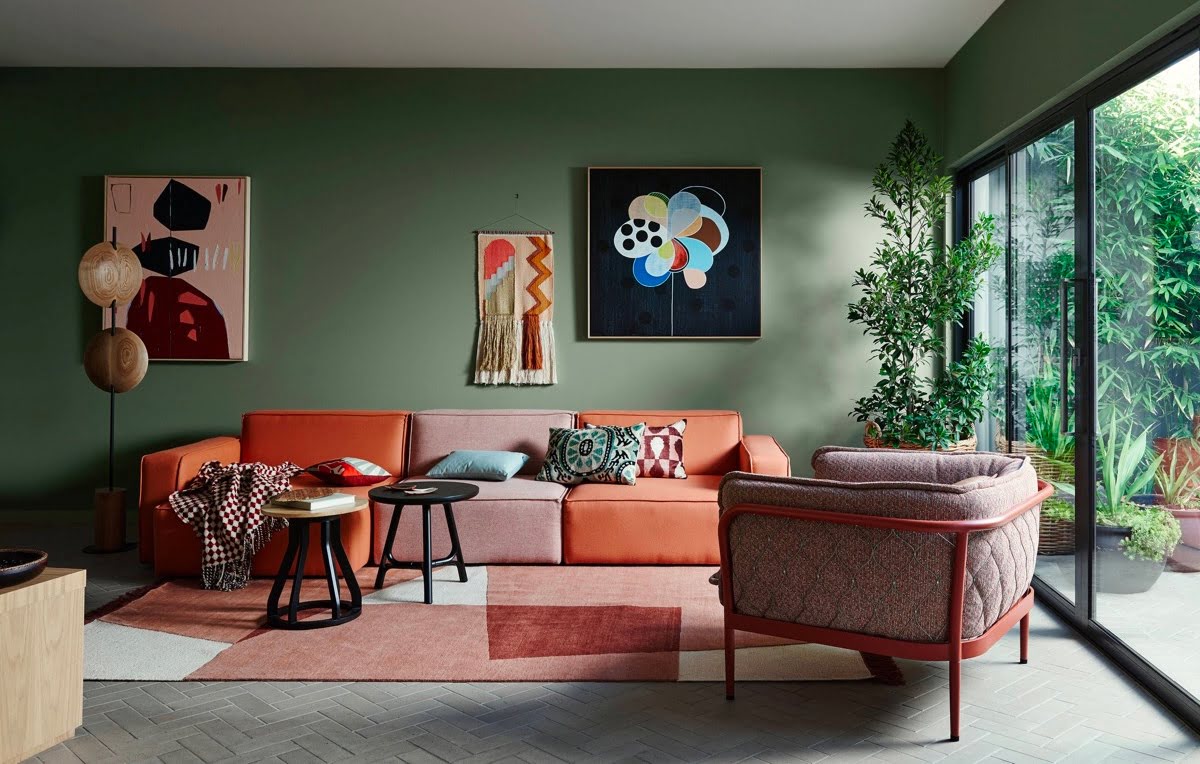
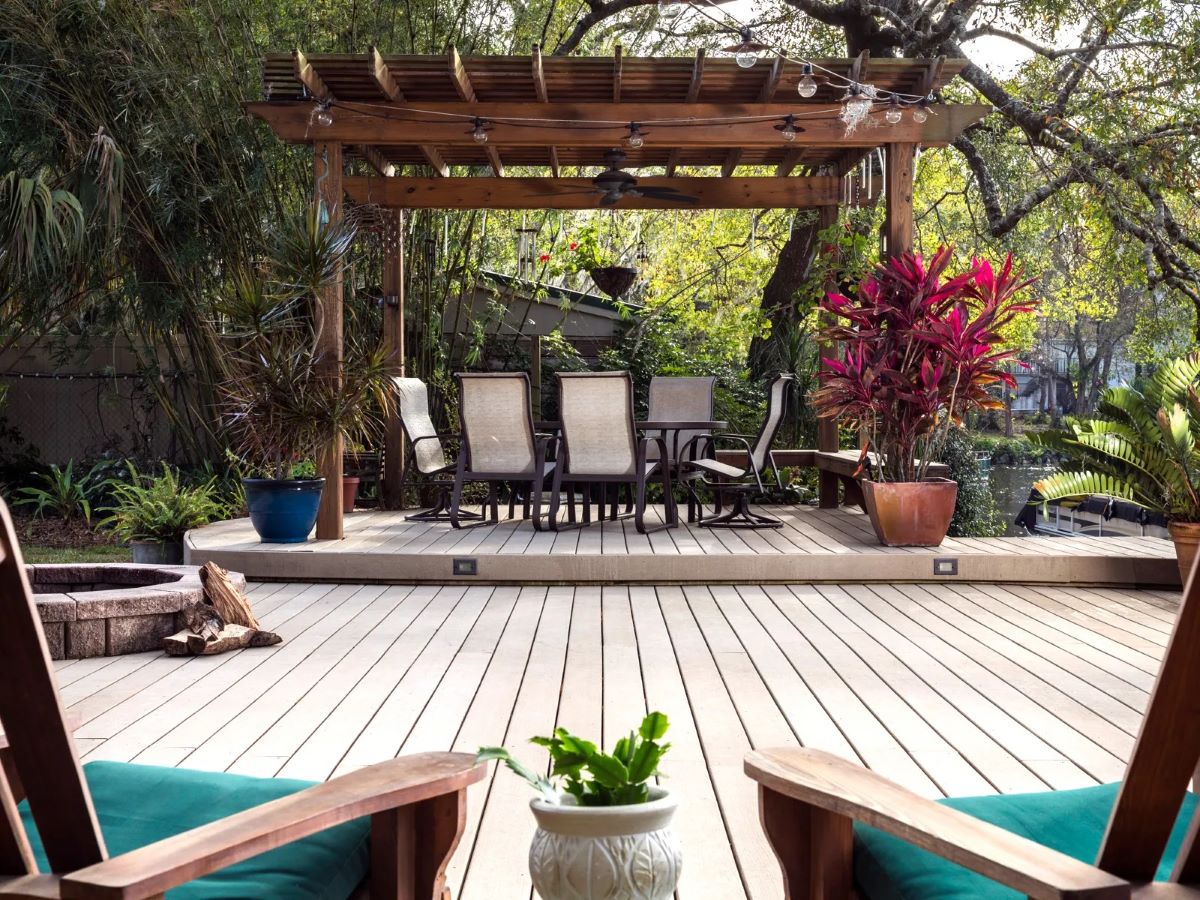

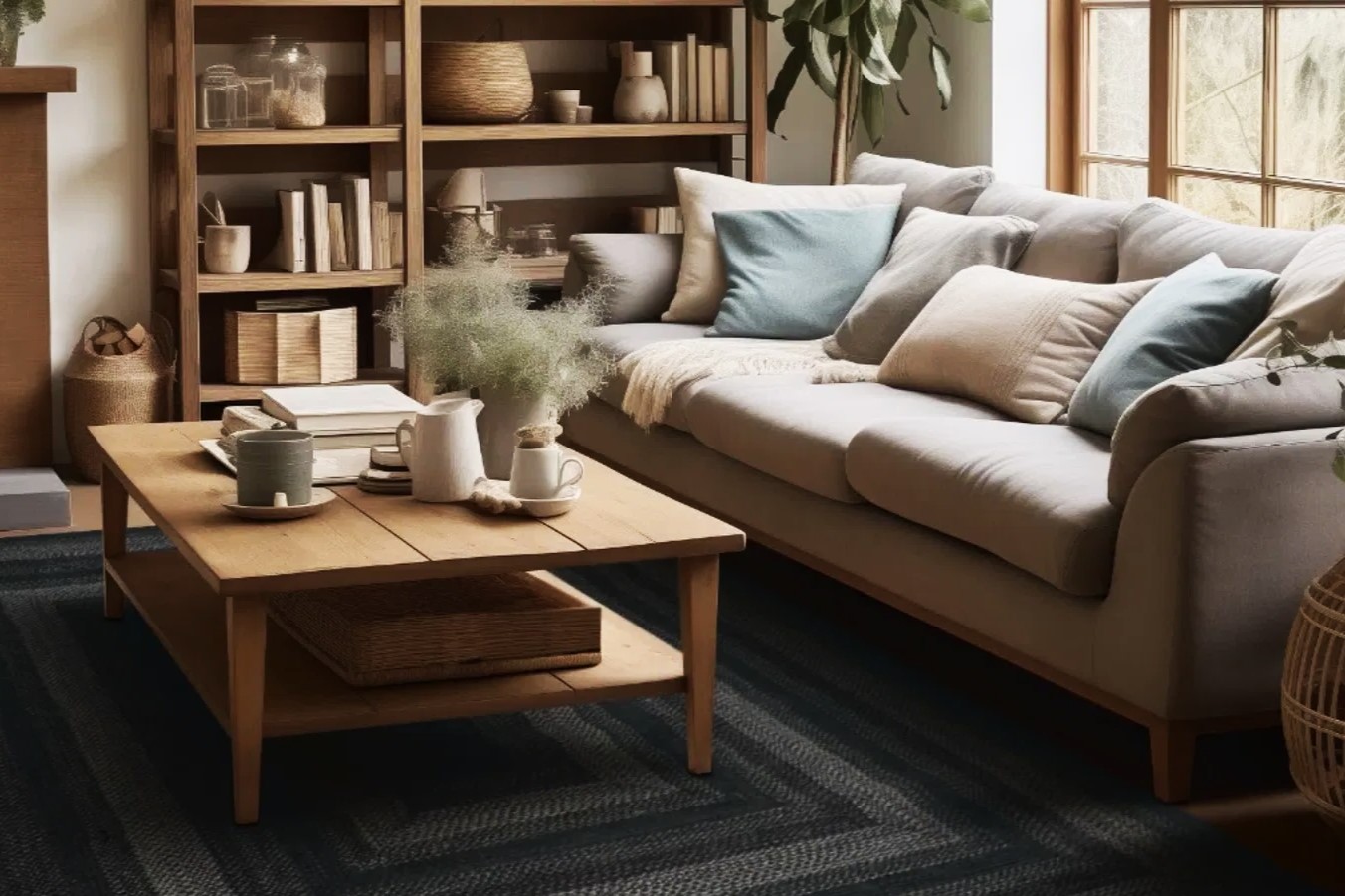
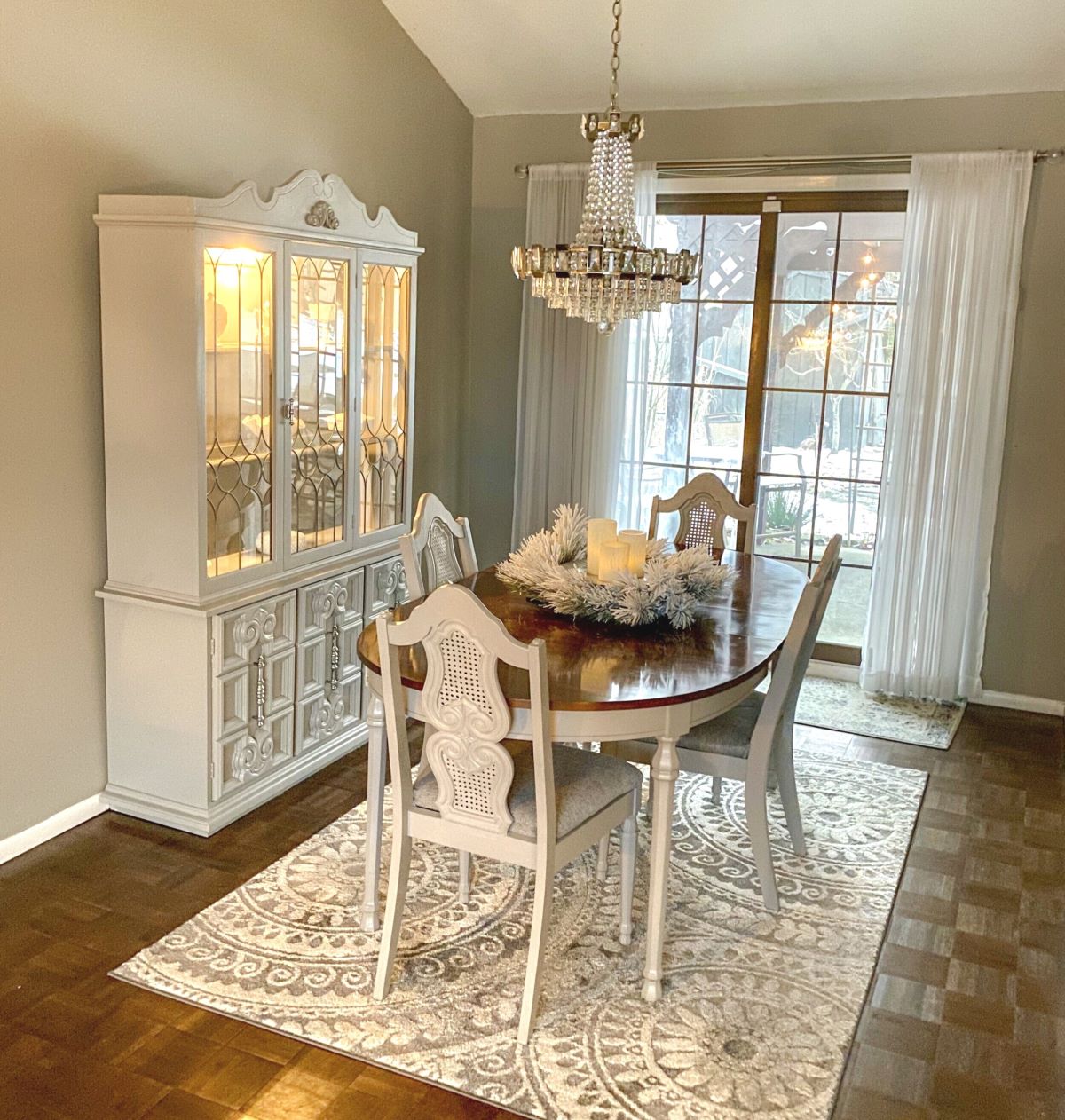
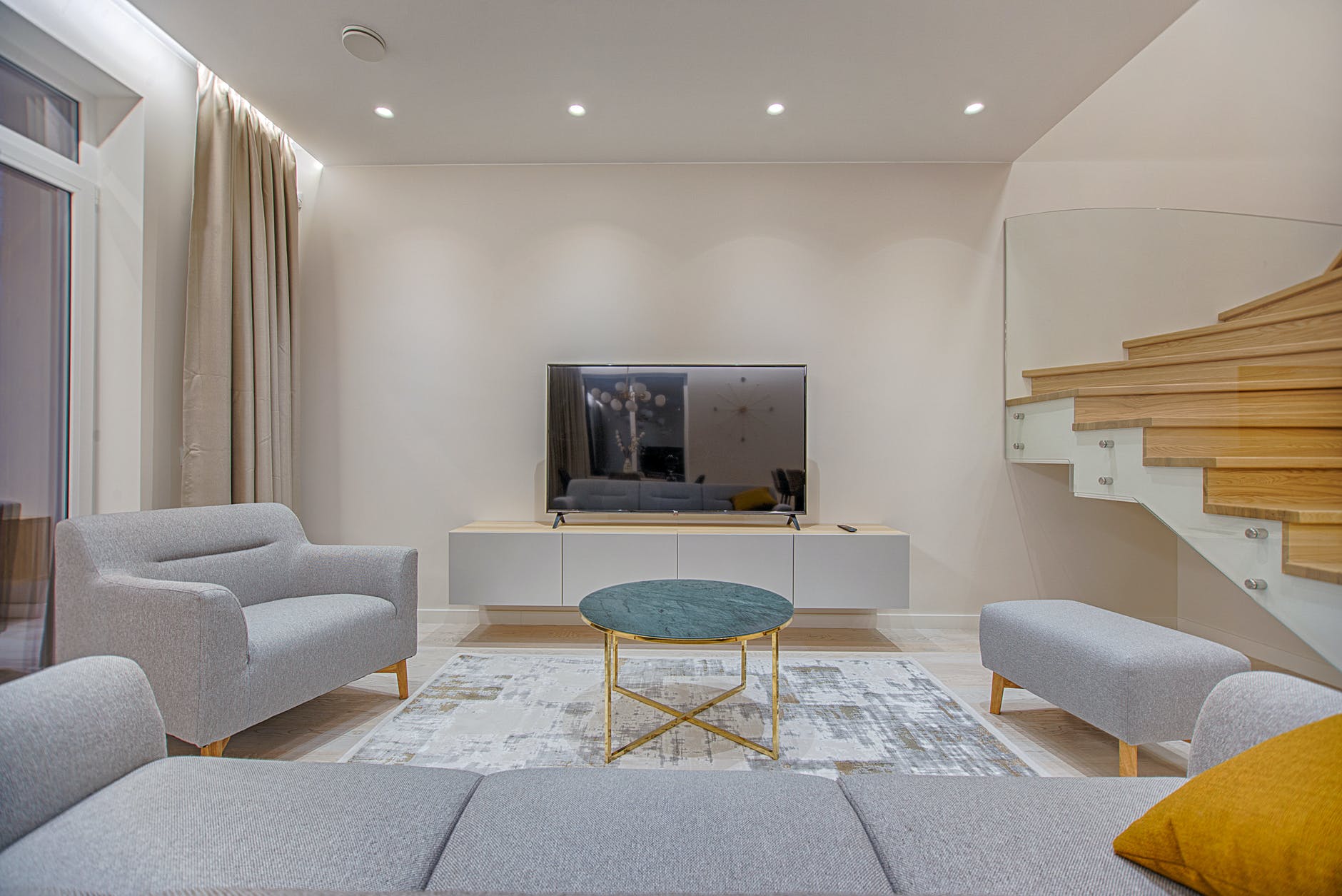

0 thoughts on “How To Update Your Living Room”